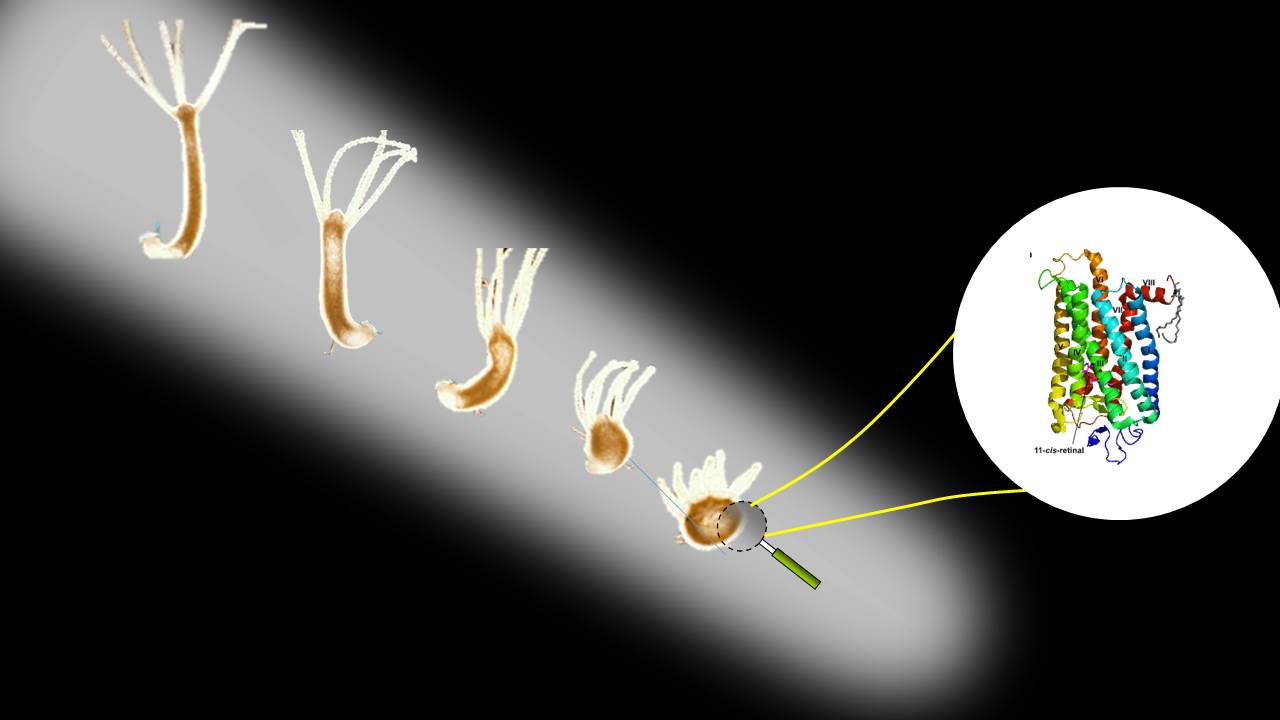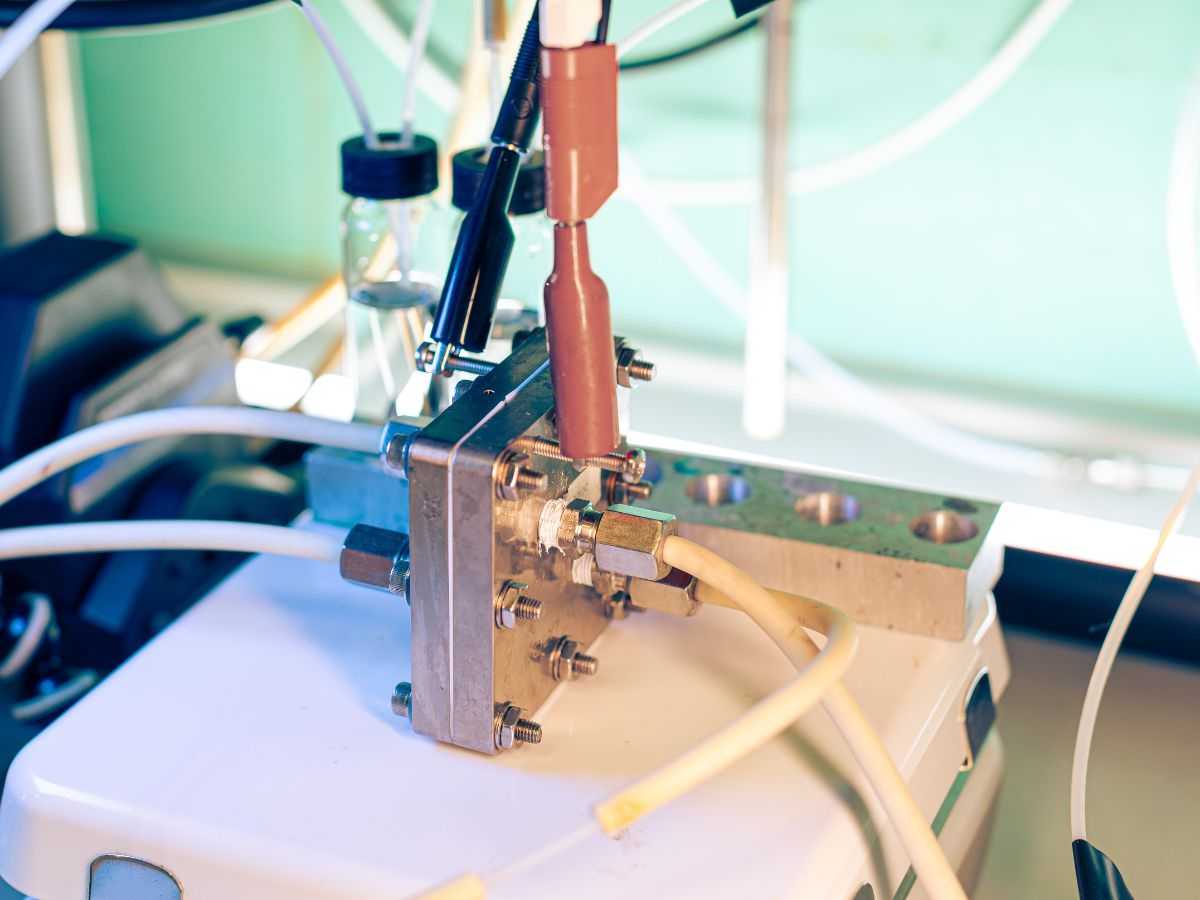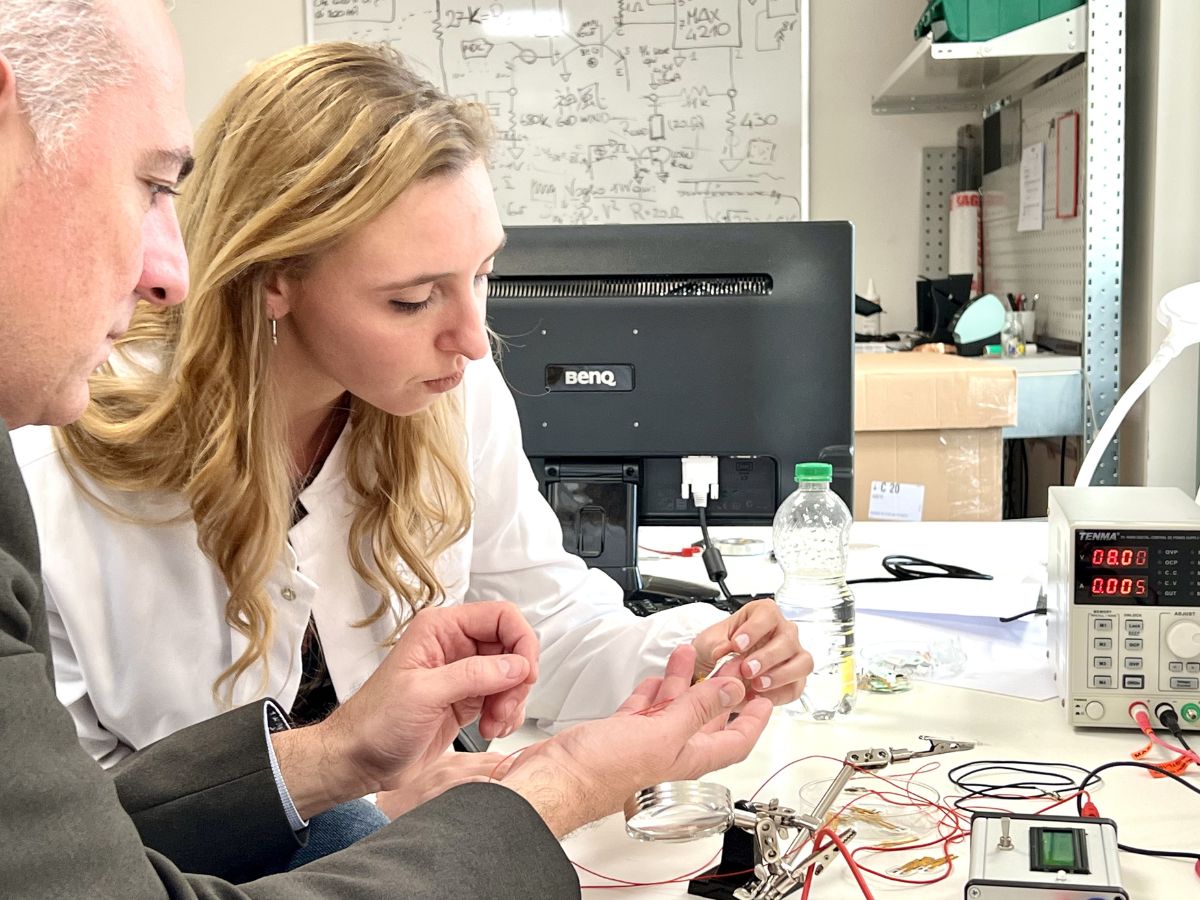The findings demonstrate a biocompatible approach toward enhancing photoresponse in living organisms while avoiding invasive implementation techniques and opens new therapeutic approaches in neuroscience

A team of researchers of IIT (Istituto Italiano di Tecnologia) and CNR (National Research Council) published on Science Advances a study showing how nanoparticles can induce light sensitivity in living tissues.
Several potential applications in the biomedical field of photonic prosthesis that could reestablished damaged neuronal connections (i.e. spinal cord injuries and blindness) or trigger neuronal malfunctions leading to different pathologies (i.e. epilepsy).
Claudia Tortiglione and colleagues experimented with introducing nanoparticles of a well-known semiconductor, poly(3-hexylthiophene), into the eyeless freshwater polyp Hydra vulgaris, considered a model of living tissue studies. Though Hydra normally expresses non-visual behavior, its sequenced genome shows it has the repertoire of genes involved in vertebrate vision.
After soaking polyps in the nanoparticles, Tortiglione et al. found no toxicity or effects on reproduction via budding. Under white LED light, untreated polyps tended to elongate their bodies while the treated animals contracted or suppressed elongation, suggesting heightened light sensitivity.
An examination of genes that may have been impacted by the nanoparticle treatment found that light exposure significantly increased expression of the opsin3-like gene. The Hydra version of the gene produces a protein that likely acts as light sensor, receiving electrons from light and transducing the signal. More research is needed to elucidate the direct coupling mechanism between the Hydras and the nanoparticles driving photosensitivity. Nonetheless, the results demonstrate the ability to integrate a semi-conducting nanoparticle for transduction of light stimuli at the complexity level of a living tissue.
For further reading:
Semiconducting polymers are light nanotransducers in eyeless animals – Science Advances
Authors: Claudia Tortiglione, Maria Rosa Antognazza, Angela Tino, Caterina Bossio, Valentina Marchesano, Antonella Bauduin, Mattia Zangoli, Susana Vaquero Morata, Guglielmo Lanzani




